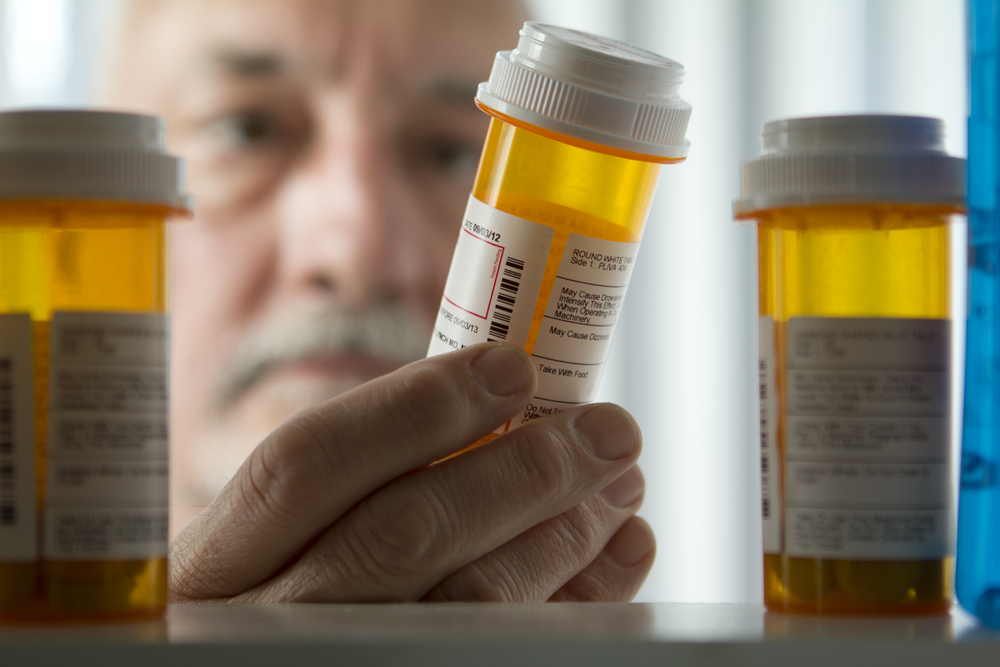Are you an insurance agent? Click here to visit our agent site.

What is covered by Medicare Part D?
by webdev | September 11, 2020
Medicare Part D stands for Medicare Prescription Drug Plan, also known as PDPs. Part D Plans follow a standard level of drug coverage set by Medicare. The list of covered prescription drugs is called a formulary, and drugs are grouped under different tiers based on copayment price.
Part D plans cover the most commonly prescribed categories and classes of drugs. Within each drug category, the plan offers coverage for at least two drugs. These will often include brand-name and prescription options. If the drug you need is not listed in your plan’s formulary, you and your prescriber can apply for an exception.
Tiers are organized by copayment needed, often based on brand-name costs. Generic drugs will be in tiers with lower copayments. Brand-name non-preferred drugs will be in tiers with higher copayments.
Payments
Payments are based on your modified adjusted gross income. Most Part D plans are paid with a monthly premium, in addition to Medicare Part B monthly premiums. Those reporting less than $87,000 on an individual tax return or $174,000 on a joint tax return will only be responsible for their monthly premium. People above this income have to pay the Part D income-related monthly adjustment amount (Part D-IRMAA). Part D-IRMAA is paid directly to Medicare and may be deducted from Social Security checks or billed.
A late-enrollment penalty can be added to the monthly premium if you lack Part D coverage, Medicare Advantage Plan (Part C), or a creditable prescription drug coverage (that covers as much as Part D) for 63 or more days after your Initial Enrollment Period ends. The late-enrollment penalty is calculated by multiplying 1% of the national base beneficiary premium for each month without Part D coverage. People who get Extra Help through Medicare do not pay this penalty.
Yearly deductibles for Medicare Part D will not be more than $435 for 2020, but some plans do not have deductibles.
Copayments kick in after the yearly deductible is paid (if applicable). It will be a set amount based on the tier each drug is under. All drugs in the same tier will require the same copayment.
The Coverage Gap
After payments toward prescription drugs exceed $4,020 (for 2020), you will have surpassed the limit that the Part D plan will pay for covered drugs. People in the coverage gap will pay 25% of the cost of prescription drugs after they reach this point. Out-of-pocket costs help the insured get out of the coverage gap.
For brand-name drugs, the manufacturer pays 70% of the drug’s cost as a discount. You pay 25% of the cost of the drug and 25% of the dispensing fee. What goes toward the out-of-pocket is the amount you pay plus the amount paid by the manufacturer.
For generic drugs, Medicare pays for 75% of a drug’s total cost. You pay 25% of the cost of the drug plus the full dispensing fee. The amount you pay goes toward out-of-pocket spending. Copayments, manufacturer’s discounts, the yearly deductible, and payments for prescriptions go toward the coverage gap. Once out-of-pocket spending reaches $6,350 (in 2020), you are out of the coverage gap and covered by “catastrophic coverage.” From then on, you pay only small copayments for prescriptions through the end of the year.
For all of your Medicare Prescription Drug coverage questions, speak with Fidelis Insurance today. Our mission is to help you find the Medicare insurance plan you need at an affordable price.
Categories: Medicare Part D